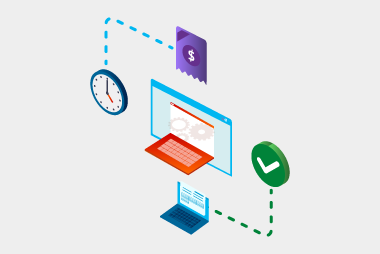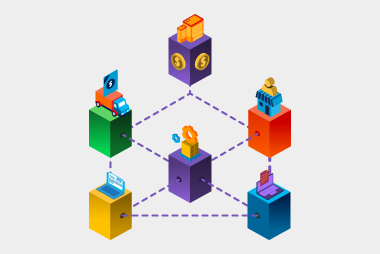1. Communicate the benefits
Don’t assume your partners understand what eInvoicing is—or why it matters. Provide a simple, clear explanation of:- What eInvoicing is (machine-to-machine, not email PDFs)
- How it benefits them. Some of the main ones are:
- faster accounts payable invoice processing
- fewer errors which can cause payment delays
- better security due to business needing to be registered on the Peppol network
- lower admin and finance costs from streamlining processes.
- What you’re looking to gain from the transition including objectives you’re looking to achieve. This could be automating invoice processing, reducing invoicing related costs and more.
2. Make it easy to get started
The easier it is for your partners to get going, the more likely they are to say yes. Consider:- Sharing step-by-step guides (we have a few on our website) or links to government resources. Some businesses even set up an eInvoicing onboarding pack—a short PDF or landing page with everything a supplier or customer needs to get started.
- Letting them know about what software is eInvoicing-ready like Xero, MYOB, QuickBooks, or others they may already use.
- Offering to connect them with a Peppol access point or solution provider, like us. You can even direct them to our web portal, Colladium, where they can send eInvoices for free!
3. Start with key trading partners
You don’t need to convince everyone at once. We often recommend a batch approach to onboarding but start with:- your highest-volume suppliers or customers
- partners who are open to innovation
- those already using digital systems like eInvoicing or cloud accounting.
4. Offer incentives or benefits
Where possible, give trading partners a reason to prioritise eInvoicing. Using incentives is a great way to get them involved, it could be things like offering faster payment terms for eInvoices. In fact, this is something government agencies currently provide for their suppliers, with many promising five day payment for eInvoices.5. Collaborate, don’t push
eInvoicing adoption is a journey—especially for smaller businesses that may feel overwhelmed by change. Instead of pressuring your partners, offer:- support and follow-ups throughout the process
- a contact person for questions or troubleshooting
- a clear channel for feedback.
Request a call
Chat with one of our experts
Just fill out your details below and we'll be in touch within one business day.

